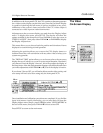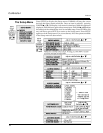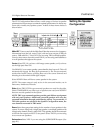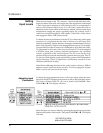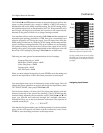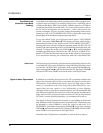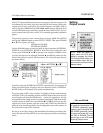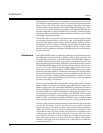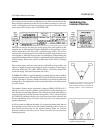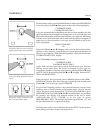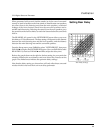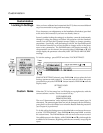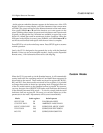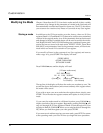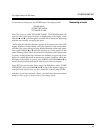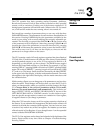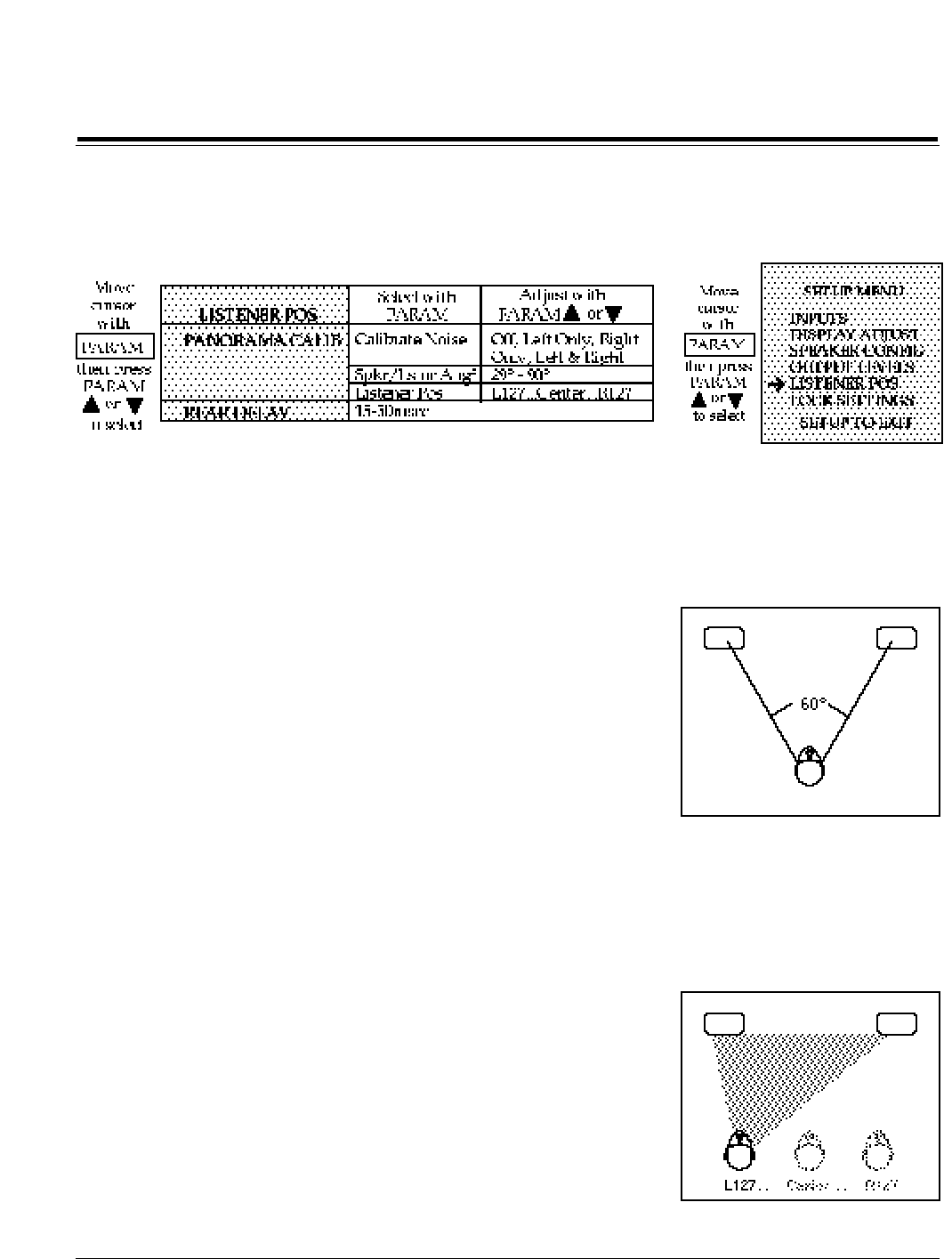
27
CP-3 Digital Surround Processor
Calibration
The Listener Position must be calibrated for the Panorama mode and the
Panorma Effect parameter in Reverb and Ambience modes to work opti-
mally. Calibration of the listener position is performed from the setup
menu. Press SETUP, then select "LISTENER POS".
Calibrating the
Listener Position
SPKR/LSTNR ANG° is the angle be-
tween the main speakers as seen from the
listening position — here it is about 60°.
LISTENER POS allows you to adjust for
an offset listening position.
Panorama works by canceling the sound going from each speaker to the
opposite ear. Its effectiveness is highly dependent on the geometry of your
front loudspeakers, the room and your listening position. The correct
timing of the canceling signal varies with the relative angle between your
main speakers. Although not necessary for calibration, understanding the
principle behind Panorama will help in understanding the adjustments you
will be making. Refer to the section on Panorama in the Theory & Design
booklet.
Find a mono source, such as an announcer on FM radio or a mono film, and
listen for a tightly focused center image of speech or singing. If the image is
off-center, adjust the CP-3’s BALANCE controls. (The more centered the
monaural image, the better Panorama will work.)
CALIBRATE NOISE is a special digitally generated signal to aid in calibrat-
ing the Panorama mode. The signal can be set for the left side, the right side,
or both. Note that in all cases, sound will actually be produced by both front
loudspeakers. The adjustments in this mode effect the perceived directional-
ity of the sound
The speaker/listener angle, displayed in degrees (SPKR/LSTNR ANG °),
adjusts for wide or narrow speaker spacing (relative to the listening posi-
tion). For the two canceling signals to arrive at both ears at the same time you
must be centered precisely between the speakers. The Listener Position
(LSTNR POS) parameter delays the corrections from either channel and
allows adjustment for an off-center listening chair or for asymmetrical
speaker placement.
It will be easiest to calibrate this mode if you start equidistant from the two
front speakers, even if this is not your normal listening position. Once you
have heard the effect and set the speaker/listener angle, the Listener
Position parameter will allow you to “move” the effect to your customary
listening position.



